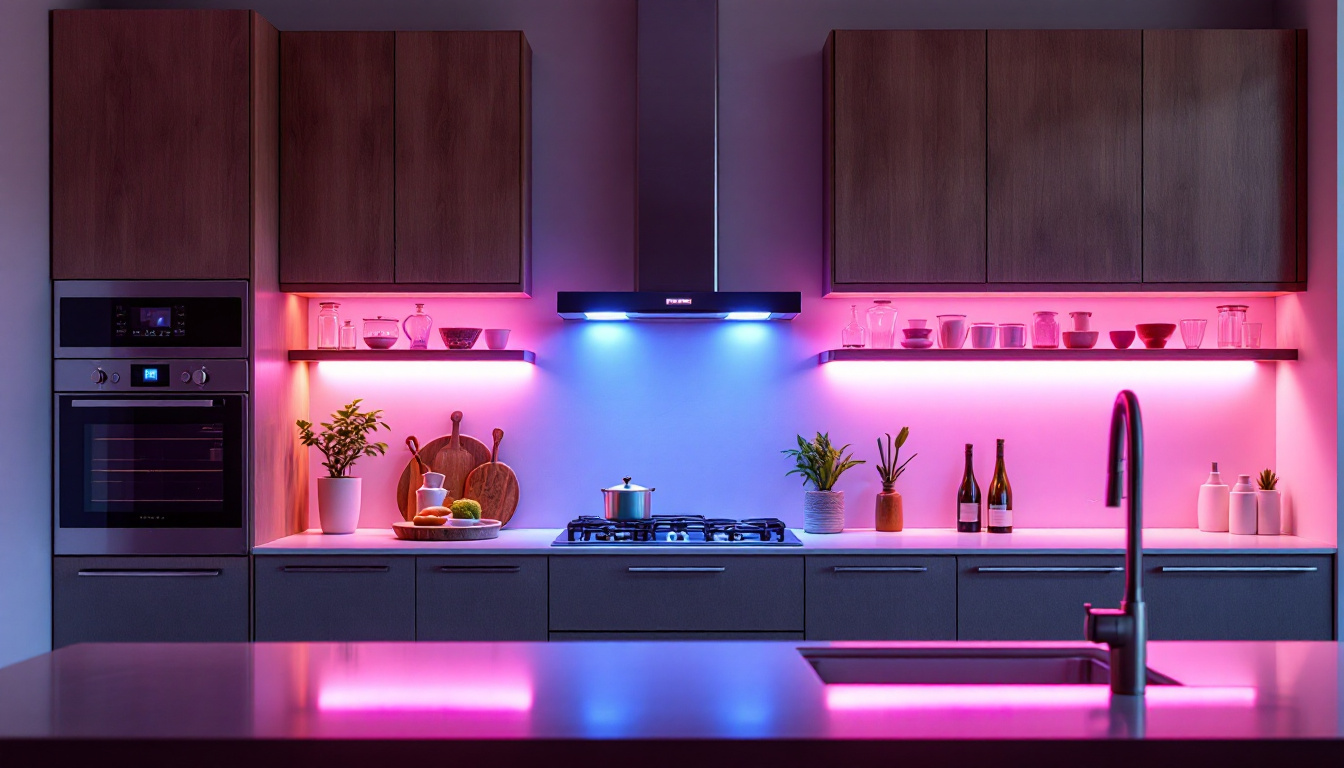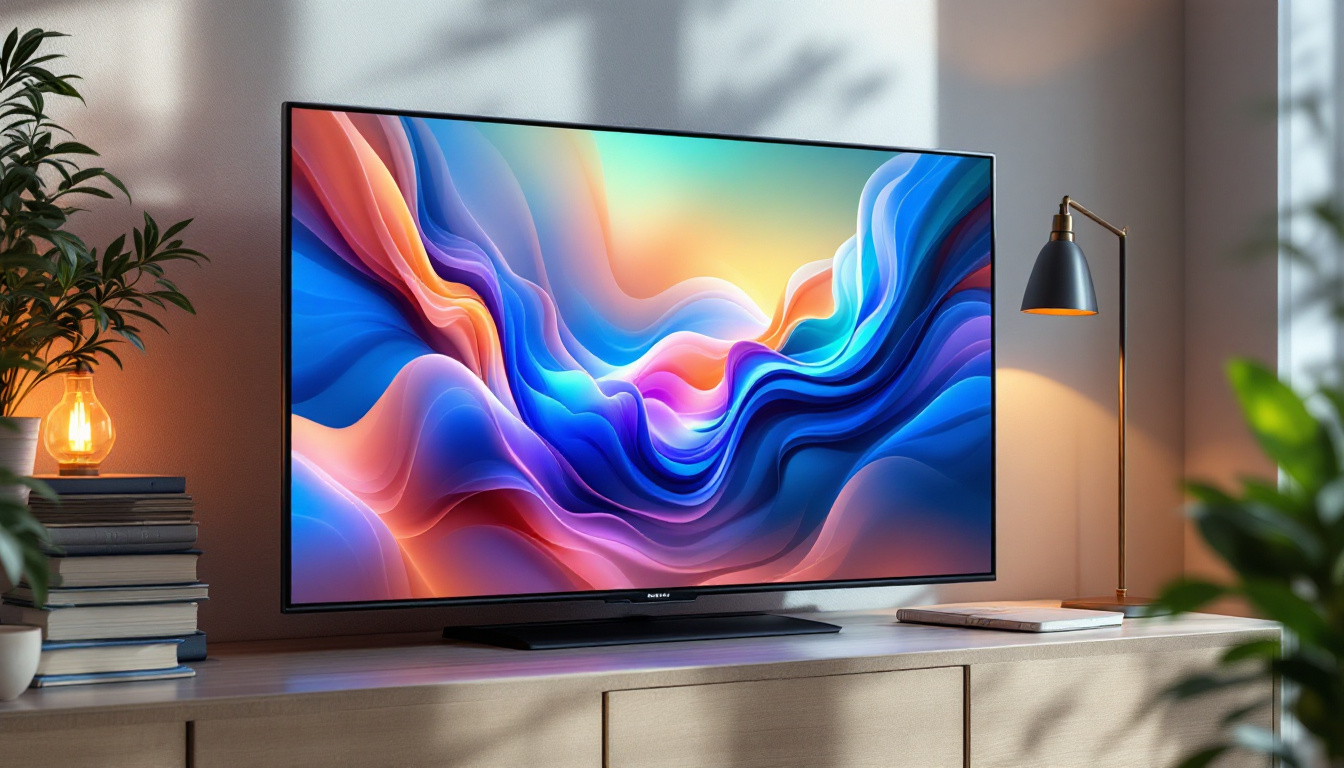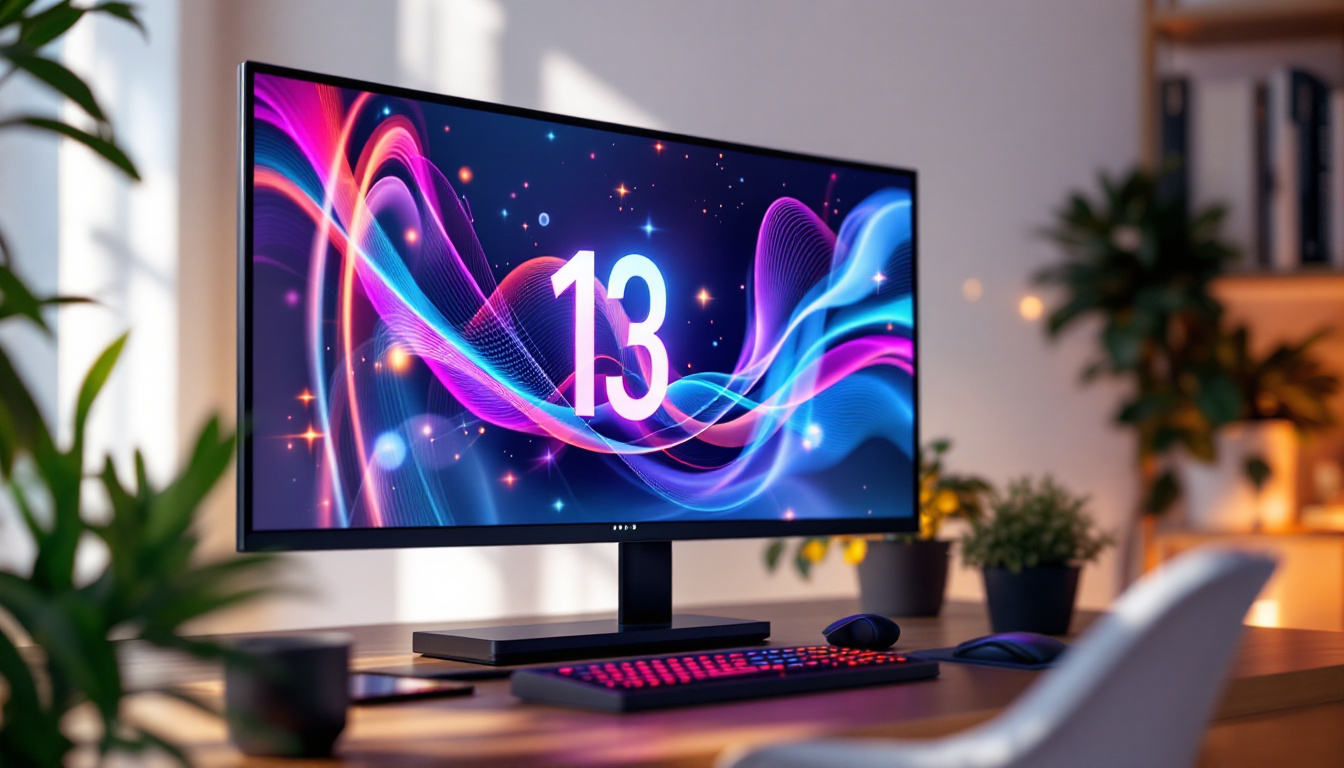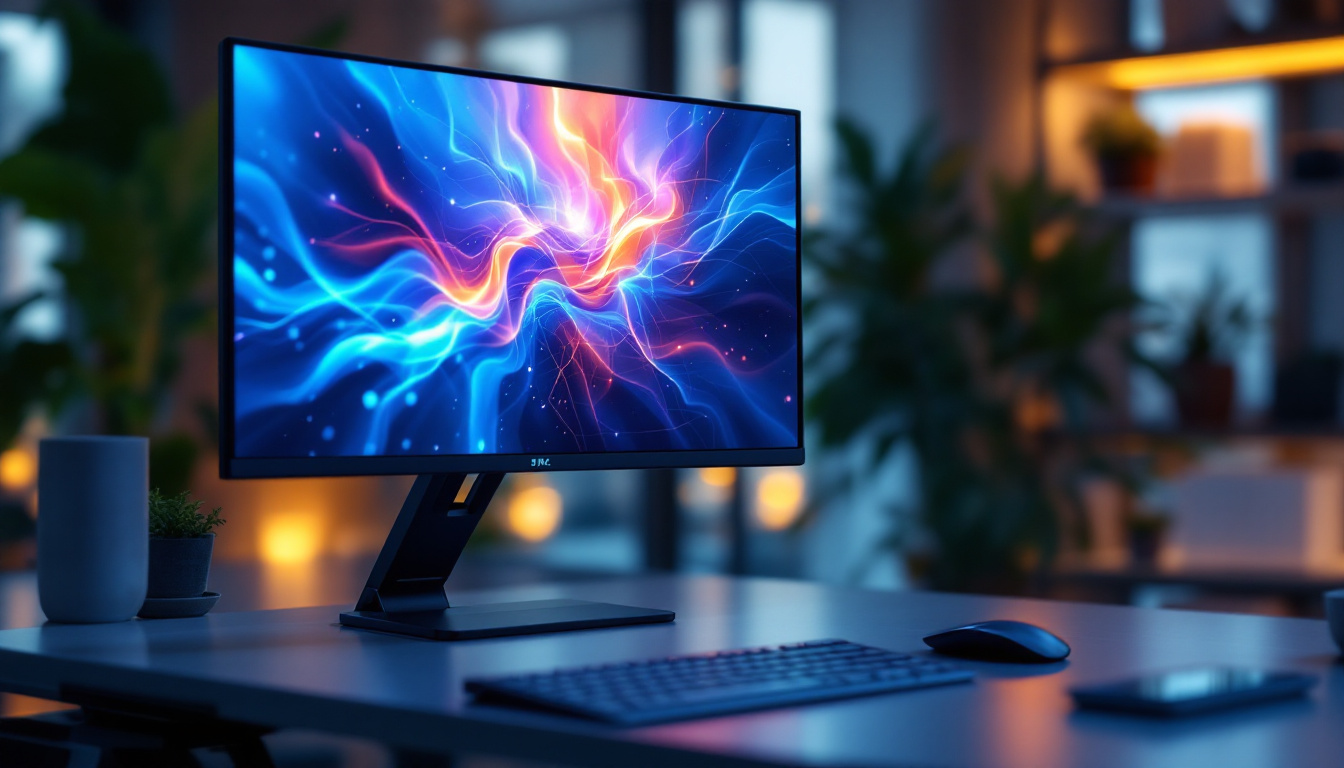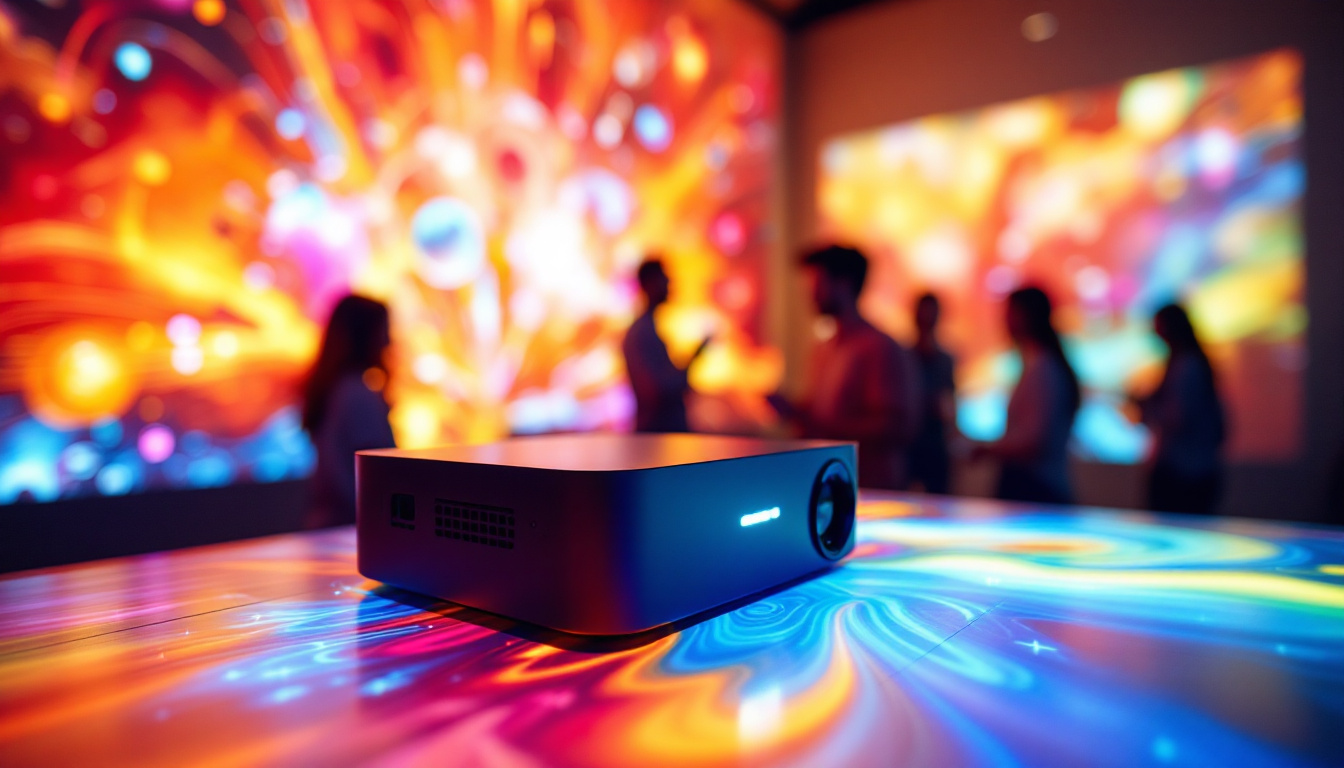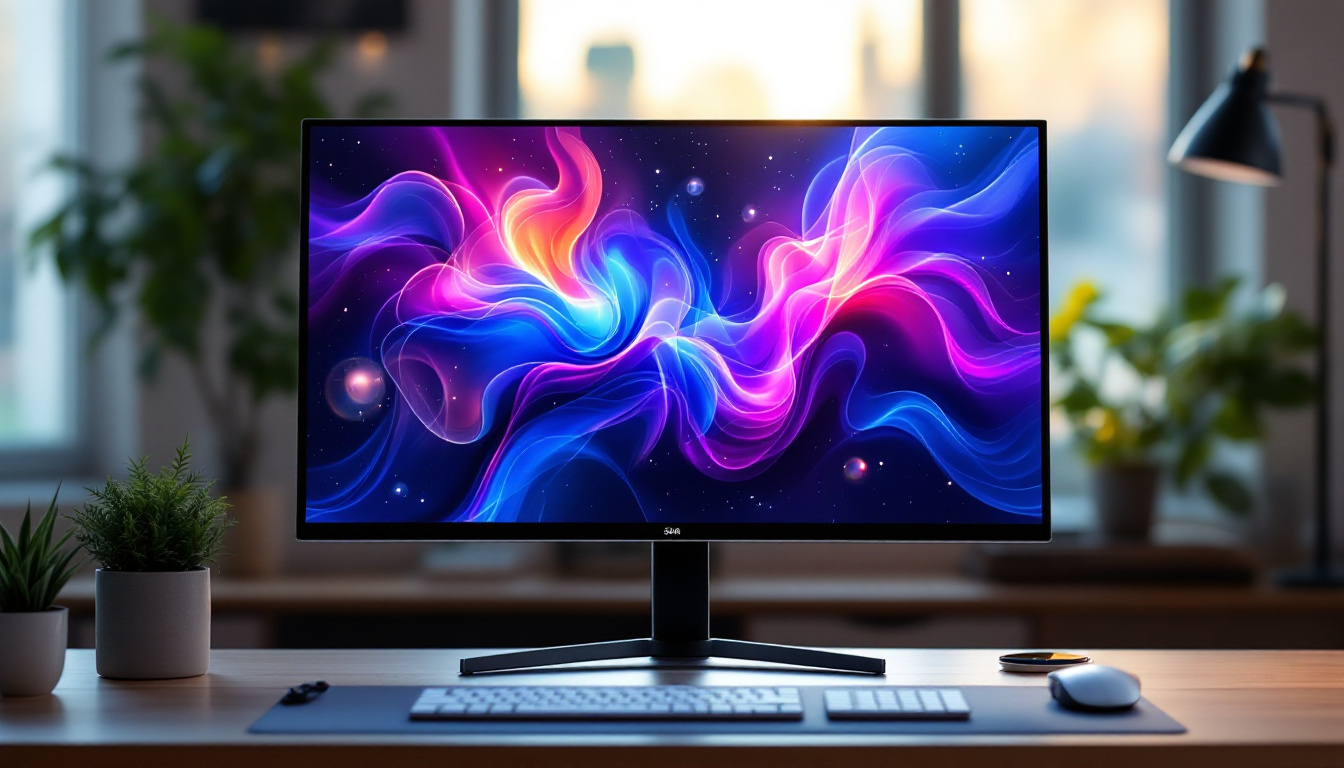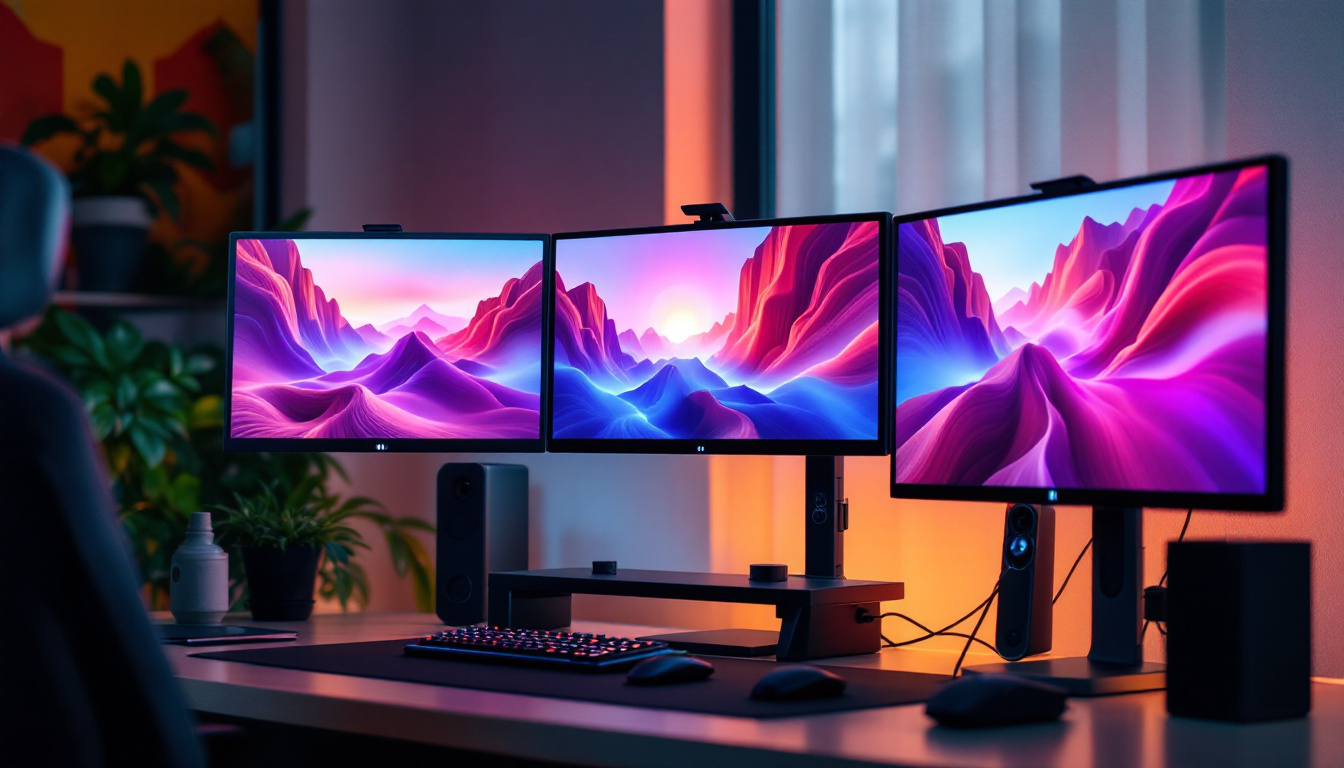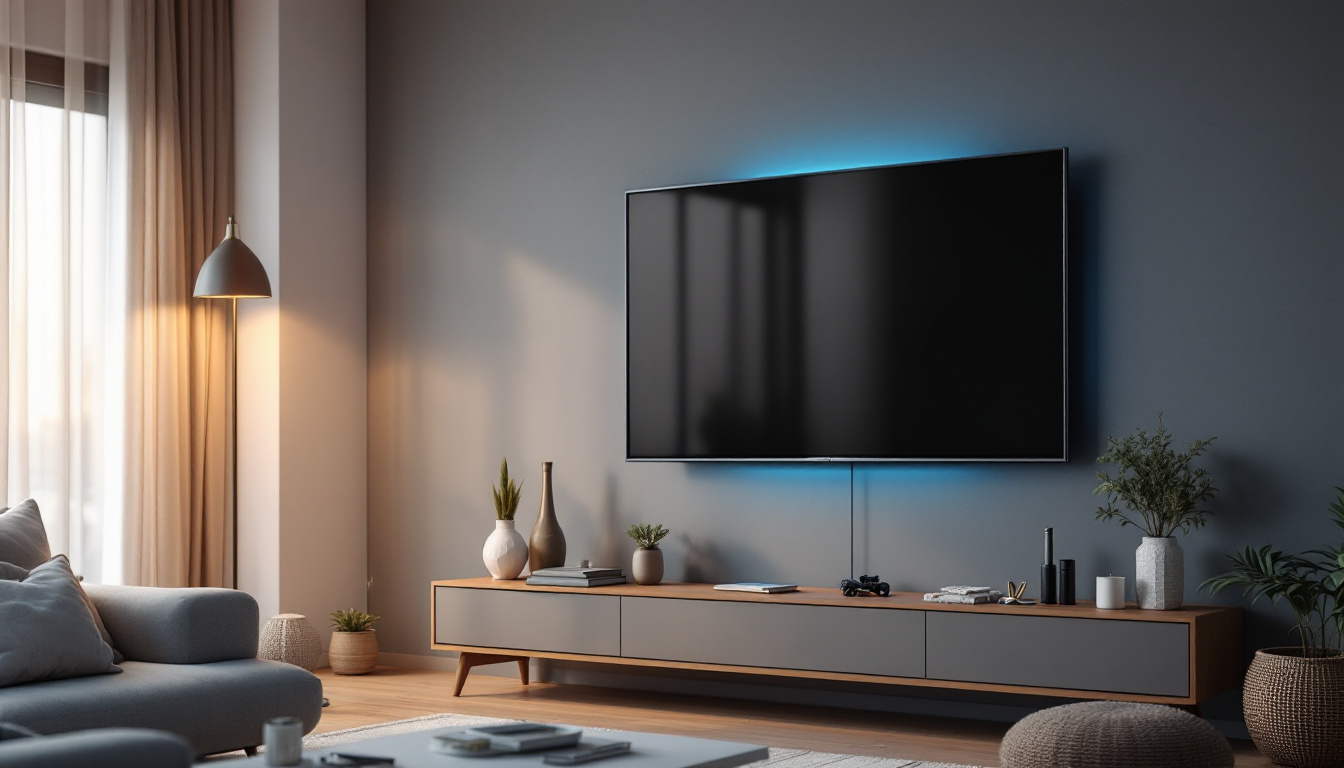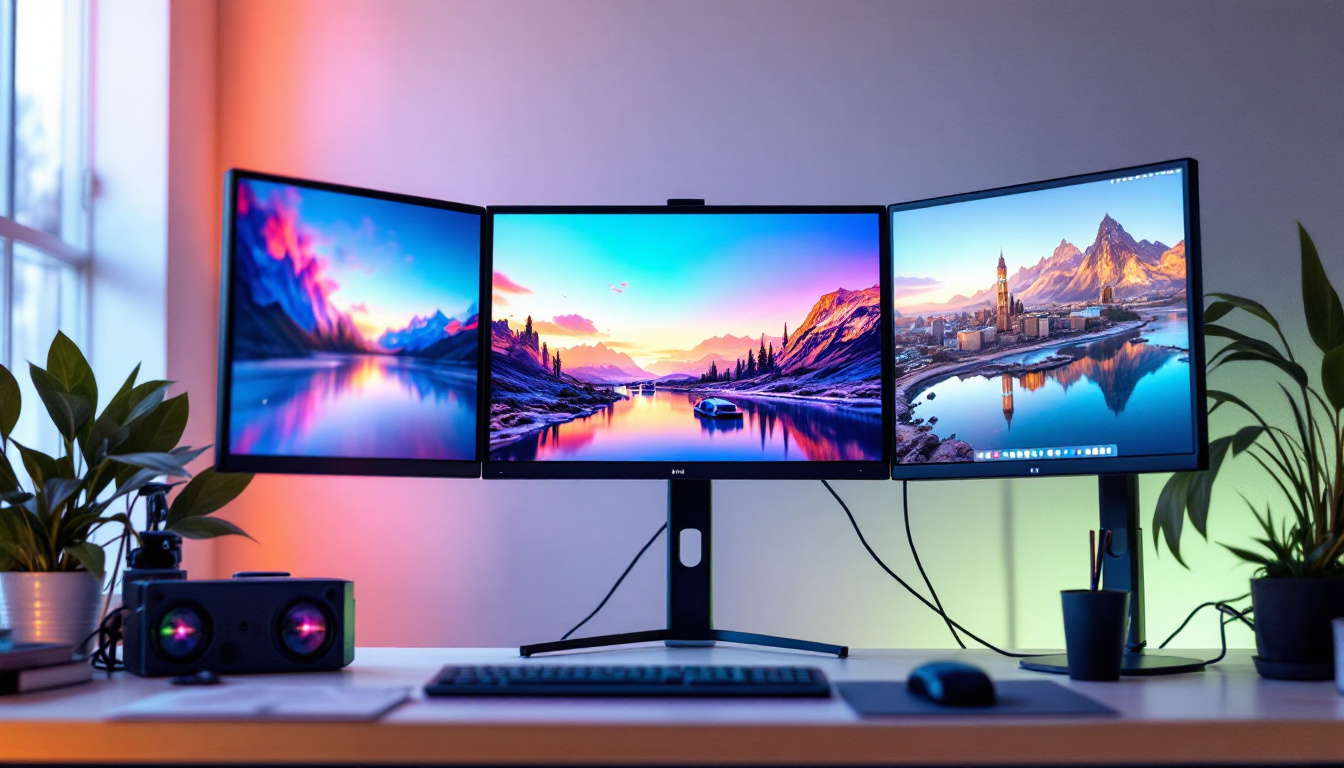In today’s fast-paced digital world, touch screen monitors have become an essential component for both personal and professional use. Their intuitive interface and versatile functionality make them a popular choice among consumers. However, with so many options available, finding a cheap touch screen computer monitor that meets your needs can be a daunting task. This article delves into the intricacies of LED displays and how they enhance the touch screen experience.
Understanding LED Technology
LED, or Light Emitting Diode, technology has revolutionized the way displays are manufactured and utilized. Unlike traditional LCD monitors, which rely on fluorescent backlighting, LED displays use a series of tiny diodes to create vibrant images and colors. This technology not only improves the visual quality but also enhances energy efficiency. The compact size of LEDs allows for thinner and lighter displays, making them ideal for a variety of applications, from smartphones to large-scale billboards. Moreover, the flexibility in design enables innovative forms, such as curved screens or even transparent displays, pushing the boundaries of what is possible in visual technology.
Benefits of LED Displays
LED displays offer numerous advantages over their predecessors. One of the most significant benefits is their energy efficiency. LED monitors consume less power, which translates to lower electricity bills and a reduced carbon footprint. Additionally, they have a longer lifespan, which means fewer replacements and less waste. This longevity is particularly beneficial in commercial settings, where constant use can lead to frequent replacements of traditional displays. Furthermore, the durability of LED technology makes it resistant to shock and vibration, enhancing its suitability for outdoor environments and high-traffic areas.
Another advantage is the superior image quality. LED displays produce brighter and more vivid colors, making them ideal for tasks that require precise color accuracy, such as graphic design or video editing. The contrast ratios are also improved, allowing for deeper blacks and brighter whites, enhancing the overall viewing experience. This capability is further complemented by advancements in HDR (High Dynamic Range) technology, which allows for a greater range of colors and brightness levels, resulting in images that are more lifelike and immersive. As a result, LED displays are increasingly being adopted in various fields, including entertainment, education, and healthcare, where visual clarity is paramount.
Touch Screen Technology: Capacitive vs. Resistive
When it comes to touch screen technology, two primary types dominate the market: capacitive and resistive. Capacitive touch screens are more common in modern devices due to their responsiveness and ability to detect multiple touch points simultaneously. They work by measuring the electrical charge on the screen, making them sensitive to light touches. This feature is particularly advantageous for applications requiring quick interactions, such as gaming or mobile browsing, where speed and accuracy are essential.
On the other hand, resistive touch screens consist of two layers separated by a small gap. When pressure is applied, the layers make contact, registering a touch. While resistive screens are generally less expensive and can be used with any object, they tend to be less responsive and may require more force to operate. However, they excel in environments where users may be wearing gloves or using styluses, such as in industrial settings or medical applications. As technology continues to evolve, hybrid systems that combine the best features of both capacitive and resistive touch screens are emerging, offering enhanced versatility and functionality for a wide range of uses.
Choosing the Right Touch Screen Monitor
Selecting a touch screen monitor that fits your budget and requirements involves several considerations. It’s essential to evaluate the specifications, features, and overall usability of the monitor. Here are some key factors to keep in mind when searching for a cheap touch screen computer monitor.
Screen Size and Resolution
The screen size and resolution are critical factors that influence the overall experience. Larger screens provide more screen real estate, making them suitable for multitasking and detailed work. However, they also tend to be more expensive. A resolution of at least 1920×1080 pixels is recommended for clear and sharp images, especially for tasks that involve graphic design or video playback.
For those who prioritize portability, smaller monitors may be more suitable. These monitors are easier to transport and can be used in various settings, such as classrooms or conference rooms. However, it’s essential to ensure that the resolution still meets your needs. Additionally, consider the aspect ratio; a 16:9 ratio is standard for most media, while a 16:10 ratio can provide extra vertical space, which is beneficial for document editing and web browsing.
Connectivity Options
Connectivity options are another crucial aspect to consider. A cheap touch screen computer monitor should offer multiple ports to accommodate various devices. HDMI, DisplayPort, and USB-C are common connections that allow for seamless integration with laptops, desktops, and other peripherals.
Additionally, some monitors come with built-in USB hubs, making it easier to connect other devices without cluttering your workspace. Ensure that the monitor you choose has the necessary ports to suit your setup and workflow. Furthermore, consider the inclusion of wireless connectivity options, such as Bluetooth or Wi-Fi, which can enhance flexibility and reduce cable clutter, allowing for a more streamlined and organized workspace.
Touch Technology
The type of touch technology used in the monitor can significantly impact your experience. Capacitive touch screens, which are sensitive to light touches and gestures, tend to offer a more responsive and intuitive experience compared to resistive touch screens that require more pressure to register input. If you plan to use the monitor for creative tasks, such as drawing or design work, a high-quality capacitive touch screen can provide a more natural feel and greater precision.
Moreover, consider whether you need multi-touch capabilities, which allow for gestures like pinch-to-zoom or swipe. This feature can enhance user interaction, especially in collaborative environments where multiple users may need to engage with the screen simultaneously. Some advanced models even support stylus input, which can be a game-changer for artists and designers looking for a more versatile tool.
Applications of Touch Screen Monitors
Touch screen monitors have found their way into various sectors, enhancing productivity and user experience. From education to retail, these monitors serve multiple purposes, making them a valuable investment for businesses and individuals alike.
Education and Training
In educational settings, touch screen monitors have transformed the way teachers and students interact. Interactive displays allow for engaging lessons, where students can participate directly by touching the screen. This hands-on approach fosters collaboration and enhances learning outcomes.
Moreover, touch screen monitors can be utilized for training sessions in corporate environments. They facilitate interactive presentations, allowing participants to engage with the material actively. This interactivity can lead to better retention of information and a more dynamic learning experience.
Retail and Customer Service
In the retail sector, touch screen monitors have become indispensable tools for enhancing customer service. They enable customers to browse products, check prices, and even place orders without the need for assistance. This self-service approach not only improves efficiency but also enhances the overall shopping experience.
Additionally, businesses can utilize touch screen monitors for digital signage, displaying promotions and advertisements in an eye-catching manner. This capability allows retailers to engage customers and drive sales effectively.
Cost Considerations for Touch Screen Monitors
While touch screen monitors can be a bit pricier than traditional displays, there are affordable options available that do not compromise on quality. Understanding the factors that influence the cost can help consumers make informed decisions.
Brand vs. Generic Options
Brand-name monitors often come with a higher price tag due to their reputation and reliability. However, many generic or lesser-known brands offer comparable quality at a fraction of the cost. It’s essential to read reviews and conduct research to find a balance between quality and affordability.
Additionally, consider the warranty and customer support offered by the manufacturer. A good warranty can provide peace of mind, ensuring that you are covered in case of defects or issues with the monitor.
Sales and Discounts
Timing can play a significant role in the cost of touch screen monitors. Major sales events, such as Black Friday or back-to-school promotions, often feature significant discounts on electronics. Keeping an eye on these sales can lead to substantial savings.
Online retailers frequently offer deals and discounts, making it worthwhile to compare prices across different platforms. Utilizing price comparison websites can also help identify the best deals available.
Maintenance and Care for Longevity
To ensure the longevity of a touch screen monitor, proper maintenance and care are essential. Regular cleaning and handling can prevent damage and keep the display functioning optimally.
Cleaning Techniques
When cleaning a touch screen monitor, it’s crucial to use the right materials. A microfiber cloth is ideal for wiping the screen, as it is gentle and effective at removing smudges and fingerprints. Avoid using harsh chemicals or abrasive materials, as these can damage the screen’s surface.
For stubborn stains, a mixture of distilled water and isopropyl alcohol can be used. Lightly dampen the cloth with the solution and gently wipe the screen. Always ensure that the monitor is powered off and unplugged before cleaning to prevent any accidental damage.
Handling and Storage
Proper handling is also vital to maintaining the integrity of a touch screen monitor. Avoid applying excessive pressure on the screen, as this can lead to cracks or malfunctions. When transporting the monitor, use a protective case to prevent scratches and damage.
For long-term storage, keep the monitor in a cool, dry place, away from direct sunlight. This will help prevent any potential damage from heat or moisture, ensuring that the monitor remains in good condition for future use.
Conclusion
Finding a cheap touch screen computer monitor with LED display technology can significantly enhance productivity and user experience across various applications. By understanding the benefits of LED technology, evaluating key features, and considering cost factors, consumers can make informed decisions that suit their needs.
As touch screen monitors continue to evolve, their applications in education, retail, and corporate environments will only expand. Investing in a quality touch screen monitor can lead to improved efficiency, engagement, and satisfaction, making it a worthwhile addition to any workspace.
Ultimately, with careful consideration and research, it is possible to find an affordable touch screen monitor that meets both budgetary constraints and performance expectations. Embrace the future of technology and enhance your digital experience with a touch screen monitor today.
Discover LumenMatrix’s Advanced Touch Screen Solutions
Ready to elevate your digital experience with a touch screen monitor that embodies innovation and quality? Look no further than LumenMatrix, a pioneer in LED display technology. Our comprehensive range of products, from Indoor and Outdoor LED Wall Displays to specialized solutions like Vehicle LED Displays and LED Sports Displays, is designed to meet the diverse needs of any application. Whether for education, retail, or corporate use, LumenMatrix’s LED display modules are crafted to enhance brand visibility and create immersive visual experiences. Don’t miss the opportunity to transform your space with our cutting-edge technology. Check out LumenMatrix LED Display Solutions today and step into the future of visual communication.


